At the end of last year, Deloitte Global released a prediction for 2022: NFTs for sports media, they estimated, would generate over $2 billion in transactions over the course of the year, doubling the number we saw in 2021. Furthermore, they predicted that four to five million sports fans worldwide would acquire an NFT sports collectible, either through purchasing one or receiving it as a gift.
NFTs, or non-fungible tokens, have allowed us to create scarcity and assign value to digital objects that were once seen as endlessly reproducible, from works of art to sports video highlights. Though identical files might exist elsewhere, owning an NFT is like having a certificate of authenticity that identifies you as the owner of a piece of digital content.
The most famous example of sports collectibles as NFTs in the past year might be NBA TopShot—a service for officially-licensed video clips of basketball highlights featuring star players, created in partnership with Dapper Labs. They’re comparable to printed baseball cards, but they exist digitally. A LeBron James highlight, where the athlete emulated the late Kobe Bryant, for instance, sold for $387,600 in the spring of 2021.
But these “digital trading cards” aren’t the only application for NFTs in the sports industry, and we’re already seeing leagues, teams, and athletes use the blockchain in creative ways, with more projects sure to come. Let’s break down how NFTs are changing the game—and how they could influence the world of sports in the future.
Video clips, player cards, and other memorabilia
Of course, the place to start is with collectibles and memorabilia. As part of their report, Deloitte Global predicted that player cards and limited edition video clips would be the most common and lucrative applications of NFTs in the sports industry this year, with value fluctuating based on the athlete’s status, the importance of the event, and similar factors.
Following the success of NBA TopShot, the NFL teamed up with Dapper Labs to launch NFL All Day, their own service for video collectibles, with Moments assigned various levels of rarity. Elsewhere, UFC Strike released thousands of Moments for MMA fans. Like traditional trading cards, these videos are offered as packs.
Individual athletes have also entered the space. Early on, Rob Gronkowski, the football tight end, released limited-edition NFT trading cards, designed by the visual art studio Black Madre. The collector of the rarest card had the opportunity to meet Gronkowski in person, and the collection brought in $1.8 million. Meanwhile, Tom Brady’s NFT agency, Autograph, offers individually signed collectibles from athletes and influencers like Naomi Osaka, Wayne Gretzky, Derek Jeter, Tiger Woods, and more.
Whatever memorabilia that exists in the physical world could theoretically be owned as NFTs, from branded athlete merchandise to ticket stubs for significant games. Going forward, fans who buy tickets to in-person events could also receive memorabilia for the games they attend. Early this year, the NFL, for example, launched virtual commemorative tickets to mark Super Bowl LVI, in collaboration with Ticketmaster.
Season tickets and virtual access
Beyond the sports collectible space, we could also see sports leagues and organizations use NFTs for ticketing—and to give fans access to unique events or experiences. As part of a trend report released in March, PricewaterhouseCoopers (PwC) predicted that season ticket NFT holders in the future could have access to VIP areas at games, discounts on concessions, and more.
For an idea of what’s possible in this space, we can turn our attention to the Toronto Raptors, who last year sold official NFTs that unlock physical items like signed memorabilia or curated “VIP” experiences. Consider, too, the basketball player Evan Mobley, who released an NFT to celebrate being declared for the NBA draft last year. The buyer got the digital asset as well as two signed jerseys and tickets to a future game, with a meet-and-greet.
Returning to the PwC report, the consultancy also predicts that collectors of sports NFTs could well gain access not only to physical experiences but also virtual experiences in the metaverse. These “virtual access tokens” could be used for gatherings of fans, based across the globe, or the chance to view games remotely. While we don’t know exactly what these events could look like in the future, fans are already dipping their toes into Web3. In May, an AC Milan vs. Fiorentina soccer match became the first to broadcast in the metaverse.
The sports memorabilia boom
Even outside of NFTs, sports memorabilia have experienced a recent boom, which might provide some background and context. From 2019 to 2021, the sports memorabilia business experienced a so-called “gold rush,” with record-breaking sales making headlines. In January of 2021, a 1952 Mickey Mantle card sold for $5.2 million. In April 2021, a LeBron James rookie card also sold for $5.2 million. In August of that year, a Honus Wagner card sold for $6.606 million.
Of course, physical photographs can also become valuable pieces of sports memorabilia. In October of last year, a signed photo of “Shoeless” Joe Jackson sold at Christie’s and Hunt Auctions for $1.47 million. It shattered existing records and far exceeded its estimate, in large part, because it’s considered to be the only authentic Jackson-autographed image in the world.
It’s also rare to find a photo of the baseballer, as the technology and materials were not as widely accessible at the time. The original photograph was shot by Frank Smith for The Plain Dealer, a Cleveland newspaper. While the image is exceedingly rare—and we’re unlikely to see something like it for a long time—it does underscore the value of historical photographs as memorabilia.
When you add NFTs into the mix, it makes sense that sports collectibles are experiencing major buzz at the moment.
What about sports photography in the NFT space?
We’re in the very early days of Web3, so it’s impossible to predict the future, but we have seen some notable sports photographers entering the NFT space. Early last year, the legendary Walter Looss Jr. teamed up with MakersPlace to release ten of his iconic photographs as NFTs, including pictures of Michael Jordan, Michael Phelps, Michelle Kwan, Martina Navratilova, and more.
Last summer, to mark Kobe Bryant Day, Cryptograph released a set of never-before-seen pictures of the athlete, created by the photographer Davis Factor of Smashbox Studios, with 100% of the proceeds going to Bryant’s Mamba & Mambacita Sports Foundation. Then, in November, the renowned Neil Leifer embarked on his NFT journey, beginning with an inaugural drop titled The Sixties (Part 1).
Where we go from here remains to be seen, and it’ll be decided by the community itself: the sports fans, the leagues, the teams, the NFT marketplaces, and the artists and photographers. But one thing is clear, and that’s that people are interested in engaging with sports and the teams they love on different levels and in new ways, whether it means buying a rare print of their favorite baseball player or attending a football game in the metaverse.
Explore VAULT now. An NFT marketplace for creators, collectors, and art lovers.

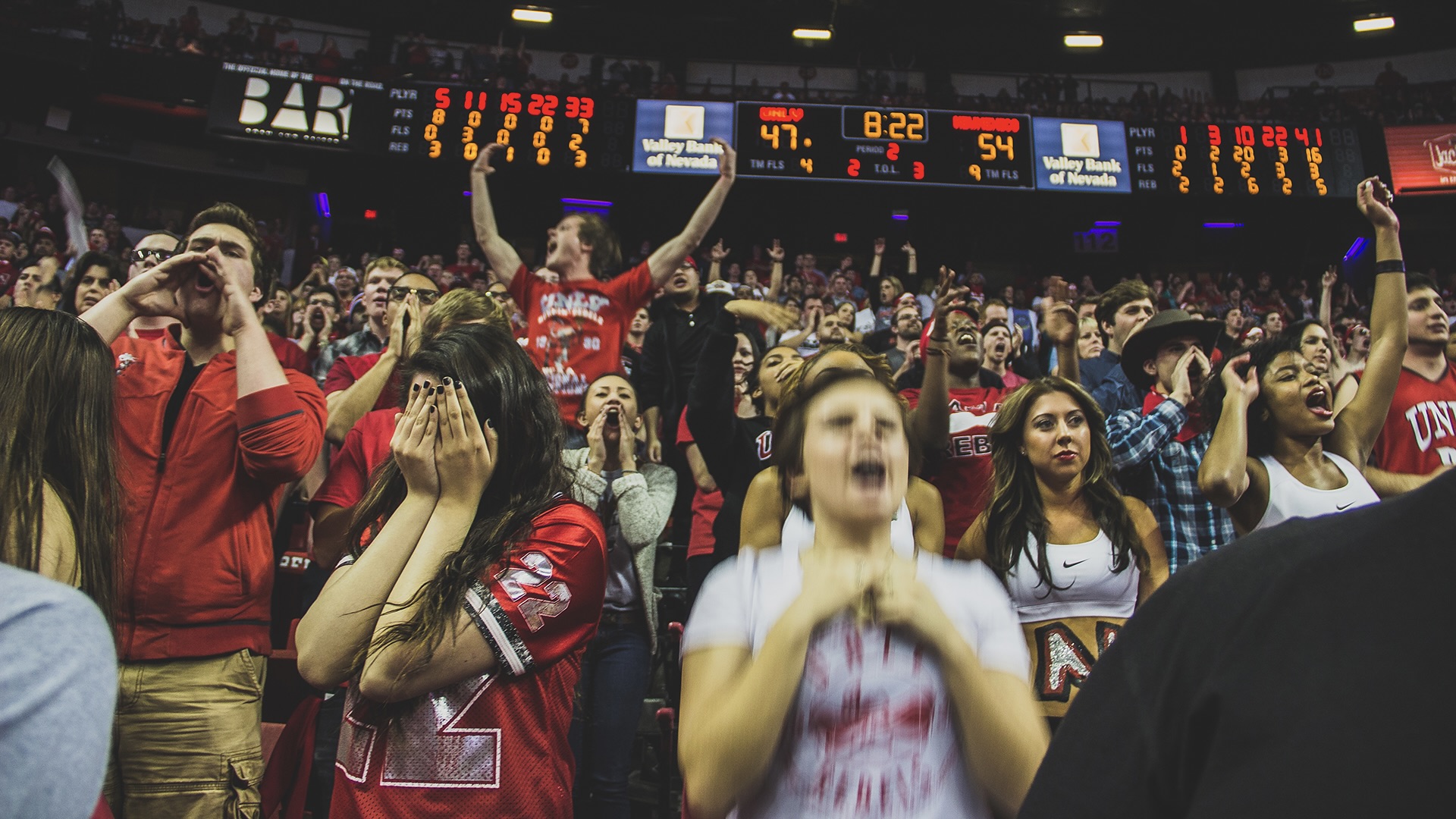
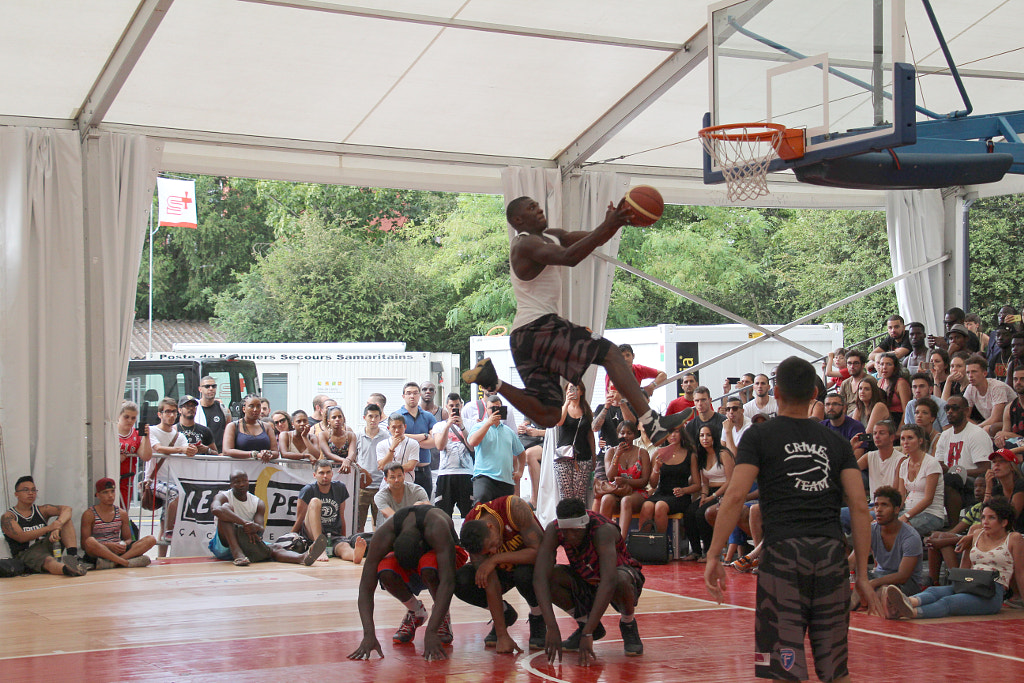


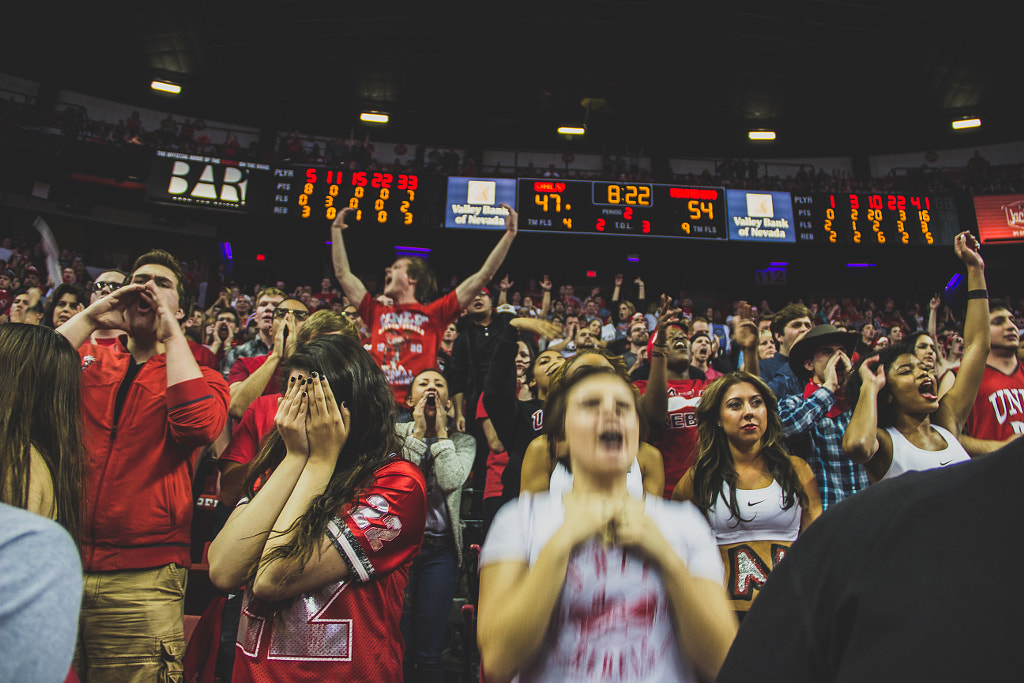

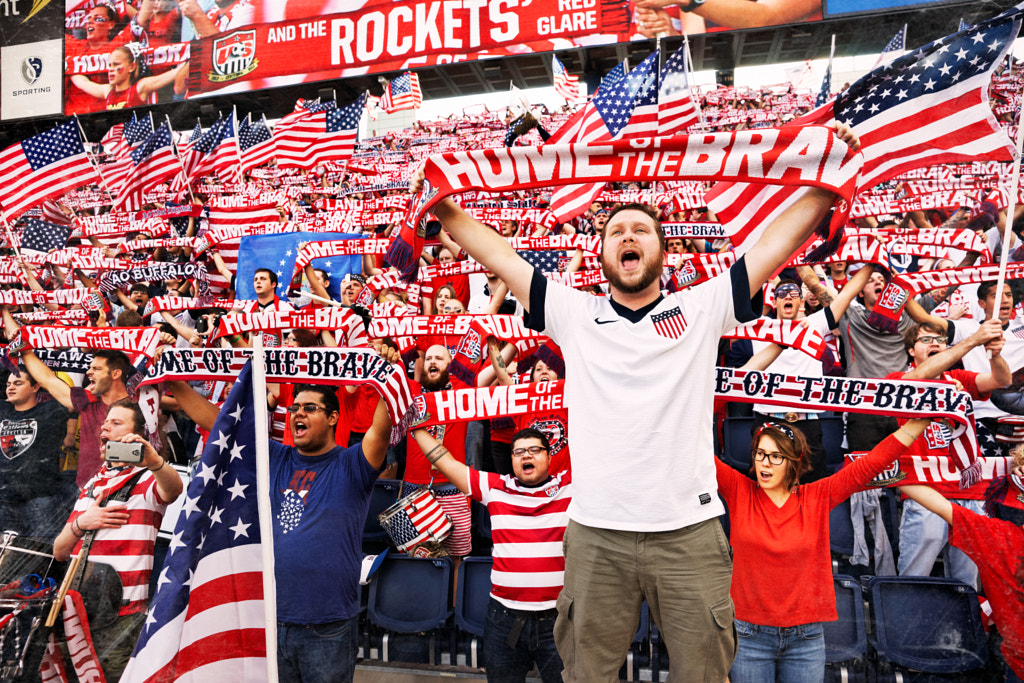




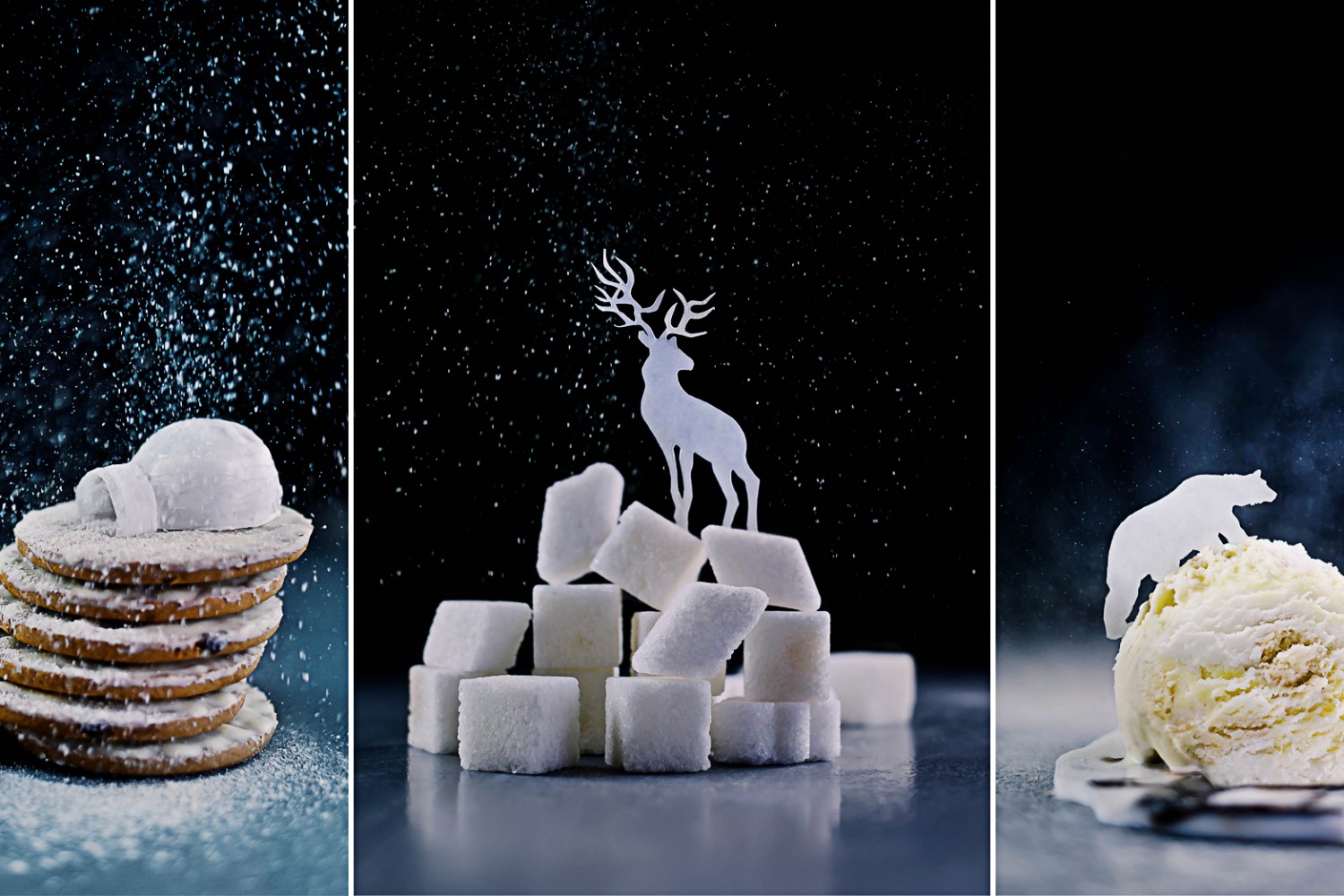
Leave a reply